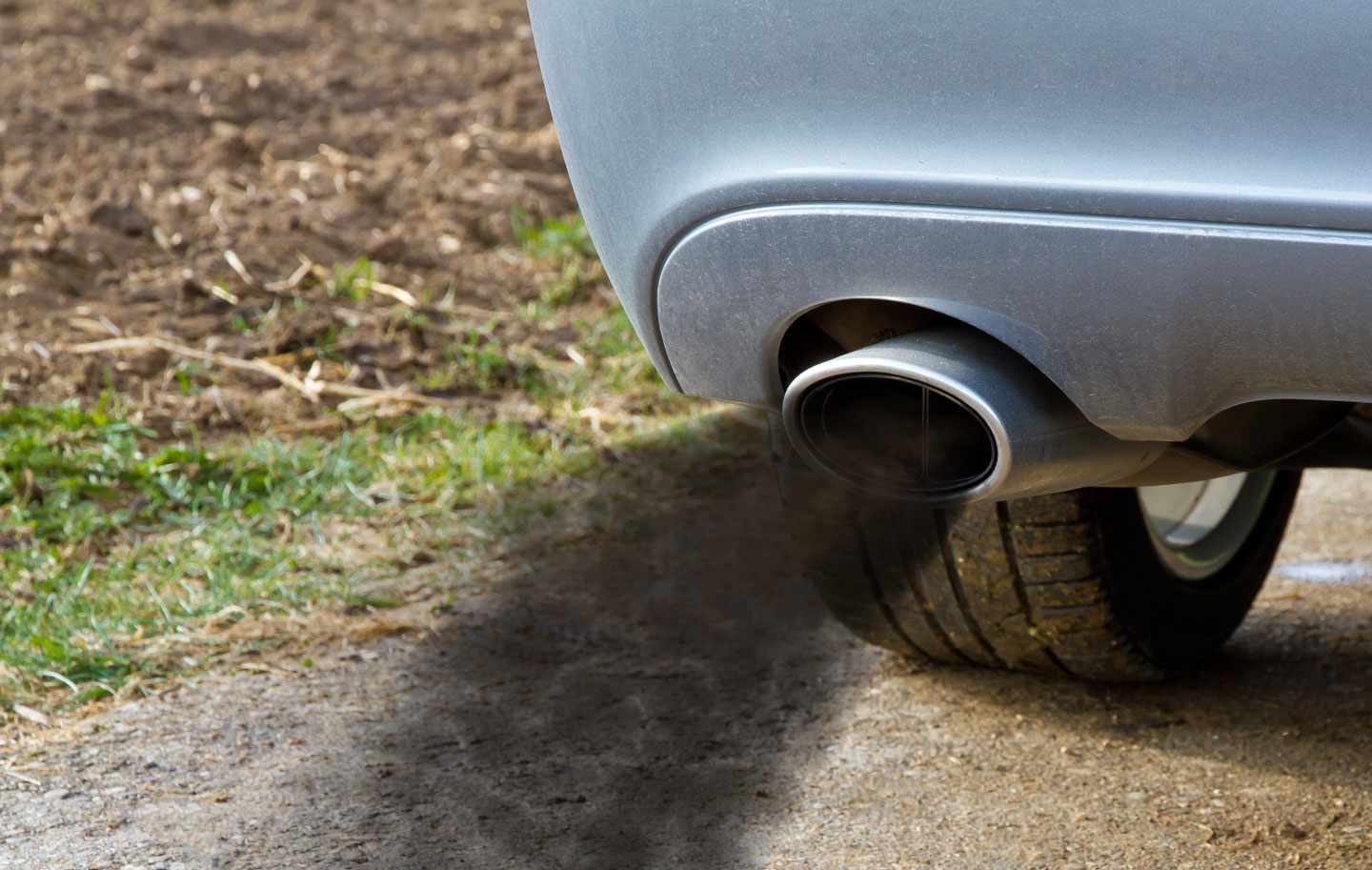
“There are many factors which contribute to high tail pipe emissions and having a process of diagnosis is important. The general reduction of emission test limits has highlighted that the engine must be operating as efficiently as possible to pass the test. When a vehicle fails an emission test we need to concentrate on the key areas and take the required steps.
- Clean Fuel injectors
- Check / Replace Air Filter
- Check / Replace Fuel Filter
- Carry out engine Flush
- Replace oil and Filter
- Check for air leaks
- Check crankcase breather system
- Carry out extended road test
- Check engine management fault codes
- Re test vehicle emissions
Completing the top ten actions for reducing emissions allows the removal of contamination form the fuel and oil system and gives the vehicle the best chance of passing the test.
If the vehicle emissions are still high after these actions have been completed, then further investigation is required.
This would include inspection and cleaning of the intake system and intake valves, EGR operation and cleanliness, intercooler internal and external cleanliness, sensor operation and coolant efficiency. “